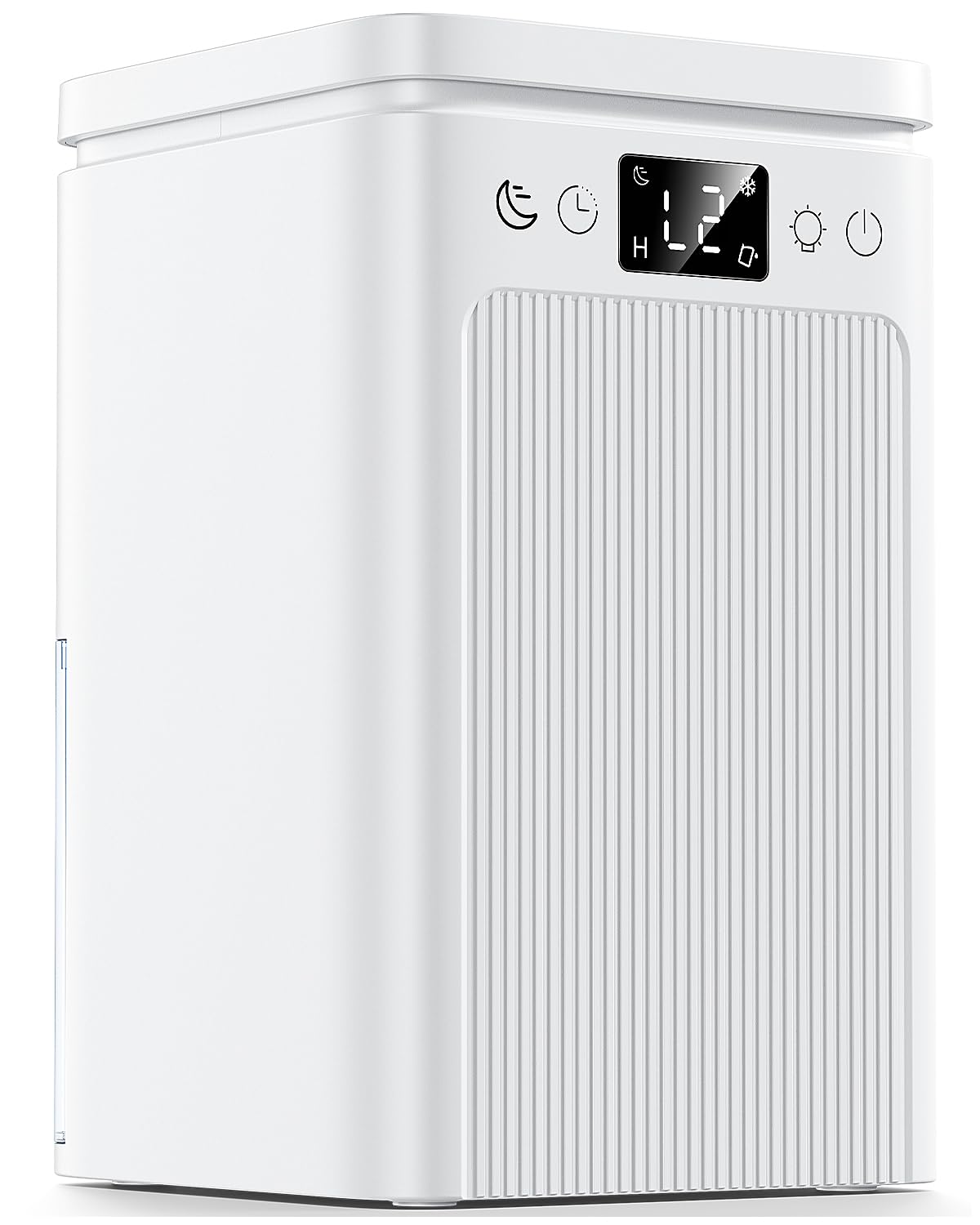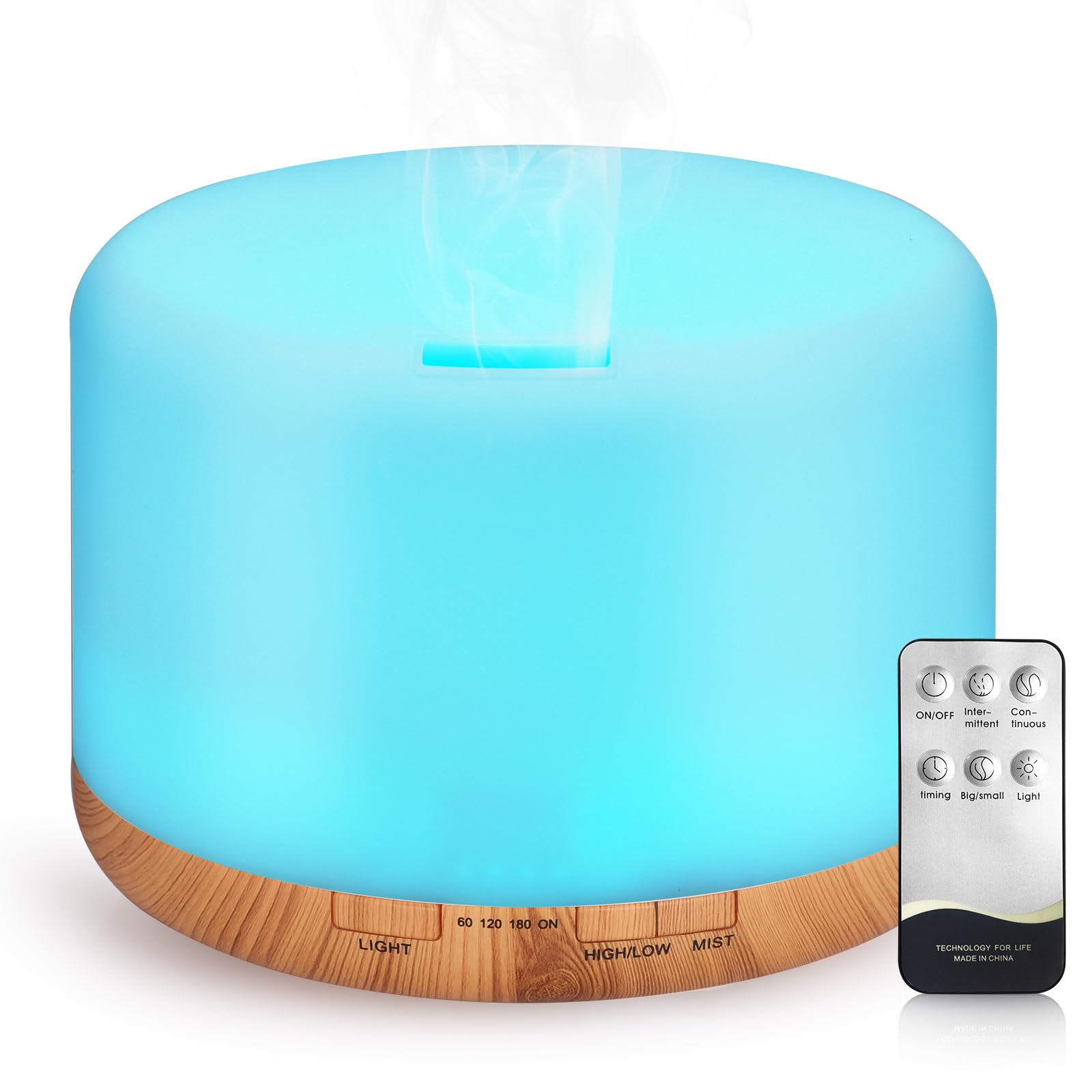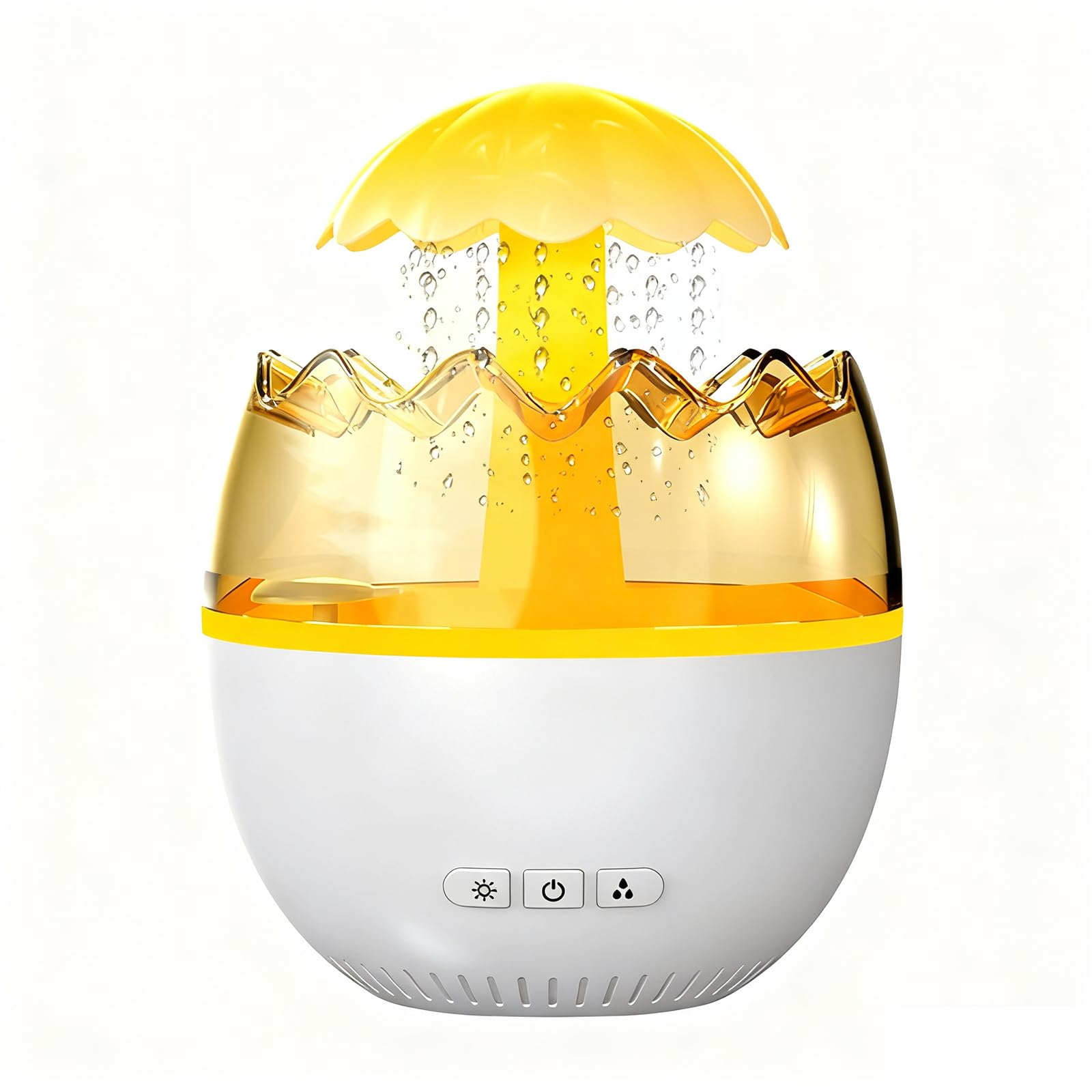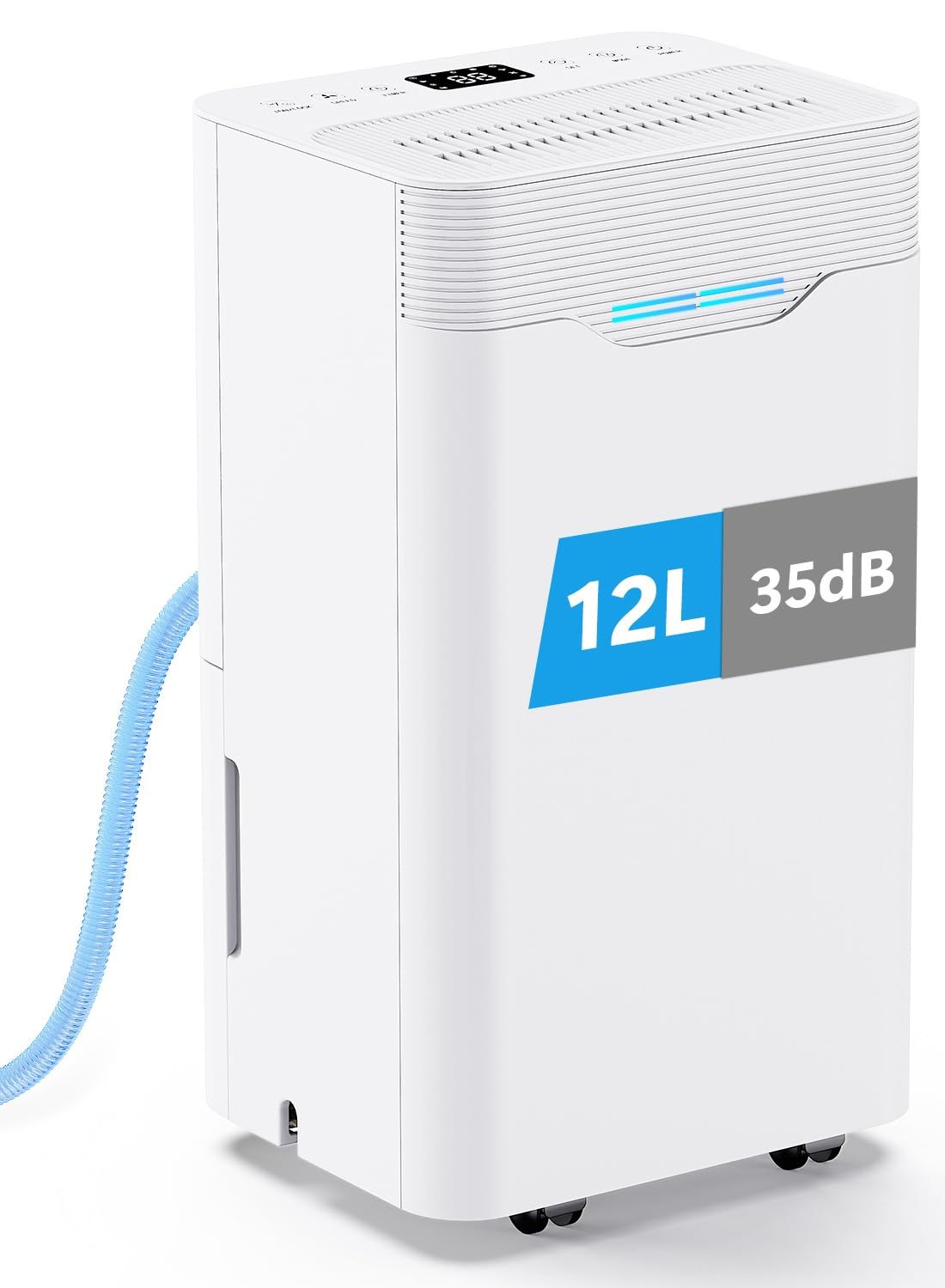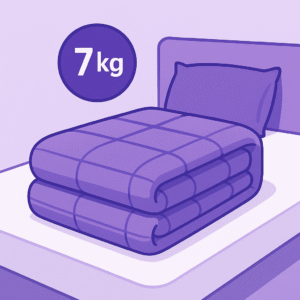If you live in a hard water area and use an ultrasonic humidifier, you may notice a light powder on furniture after a few days. That film is mineral residue, sometimes called white dust, and it is perfectly normal for ultrasonic units that atomise whatever is in the tank. The good news is you can almost eliminate it with smarter water choices, simple filters, and a cleaning routine that takes minutes. This guide explains what causes white dust, how to reduce it, and when it is worth switching to a different type of humidifier in UK homes.
Dry bedrooms benefit from humidifiers sized for the space.
Why white dust appears
Hard water contains dissolved minerals such as calcium and magnesium. Ultrasonic humidifiers vibrate the water at high frequency and create a cool mist. Any dissolved minerals ride along in that mist and settle as a fine dust on nearby surfaces. The harder your tap water, the more visible the residue. Evaporative humidifiers work differently. They wick water into a filter and use airflow to evaporate it, leaving most minerals behind in the tank and the wick. That is why evaporative designs create far less white dust by default.
Choose the right water
The simplest fix is to switch the water you feed into the machine. Distilled water contains very few dissolved minerals and produces almost no dust. Deionised water from car or iron sections at supermarkets can also work, though it may not be as pure as distilled. If buying water is not practical for daily use, consider mixing tap and distilled to cut the mineral load. Many households use distilled water for bedrooms and a tap mix for less sensitive rooms. The reduction in dust is noticeable within a day or two.
Use demineralisation filters and cartridges
Some ultrasonic models accept small cartridges that reduce minerals before the water reaches the nebuliser. These cartridges are consumables and must be replaced on schedule to maintain performance. Check availability and cost before you buy. If your unit does not support cartridges, in line filters or standalone water jugs with ion exchange media can reduce hardness at the point of fill. This approach is cheaper than distilled for heavy daily use and still cuts dust substantially.
Clean often, descale gently
White dust increases when tanks and trays are coated in mineral scale. Rinse and wipe the tank every one to three days. Once a week, pour out the water, add a mild citric acid or white vinegar solution, and let it sit for fifteen minutes to loosen scale. Rinse thoroughly with clean water and dry before refilling. Avoid strong bleach for routine cleaning because fumes are unpleasant indoors. If you see pink biofilm or slime, clean more often and keep the room in the middle humidity band so stagnant moisture is less likely.
Consider evaporative models for lower maintenance
If white dust bothers you or your water is extremely hard, an evaporative humidifier is an easy switch. Wick filters trap minerals and need periodic replacement, yet you will notice far less dust on furniture. Evaporative models also tend to self regulate as the room reaches a comfortable humidity, which reduces the risk of over humidifying. The trade off is a slight fan noise and the ongoing cost of wicks. For bedrooms, a quiet evaporative unit on a low setting can be a good long term answer in hard water regions.
Placement and housekeeping
Place any humidifier away from polished wood and electronics. Aim the mist or airflow into open space so it can mix with room air rather than wetting nearby surfaces. Keep a small microfibre cloth nearby and wipe the shelf every couple of days while you adjust your routine. Once you find the right water and filter setup, the cloth will stay clean longer and the room will feel fresher.
Managing humidity so you do not overdo it
Comfort sits around forty to fifty percent relative humidity for most UK bedrooms. Use a hygrometer to avoid pushing the room into the sixties for hours at a time. High humidity makes dust stick and encourages mould. A modest output on a timer is often enough for the night. If your home is damp in winter, a dehumidifier can keep daytime humidity in check while you use a humidifier for night comfort in the bedroom. Balancing both is common in older properties.
We highlight easy clean models and simple filter options in our guide to humidifiers for UK homes. If winter damp drives your daytime humidity up, pair with a dehumidifier so you can target comfort at night without over humidifying the rest of the house.
FAQs
Is white dust harmful?
It is mineral residue from hard water. It is not smoke or soot, but it can settle on furniture and make cleaning tedious. Switching to distilled water or using demineralisation filters reduces it significantly.
Will a HEPA air purifier remove white dust?
An air purifier can capture some airborne particles, but the better solution is to reduce minerals entering the mist in the first place. Evaporative humidifiers produce far less dust because minerals remain in the tank and wick.
How often should I clean my humidifier?
Rinse and wipe every one to three days. Descale weekly with a mild acid solution, then rinse thoroughly. Clean more often if you notice slime or odours.

